Close to where we live, a short walk west on the Bay Run, lies Callan Park, a 60-hectare open green space with several heritage listed buildings on it. We have walked and cycled here often in our three and a half years in Sydney. With a rich and complicated past, the future of this central green space is all but certain.
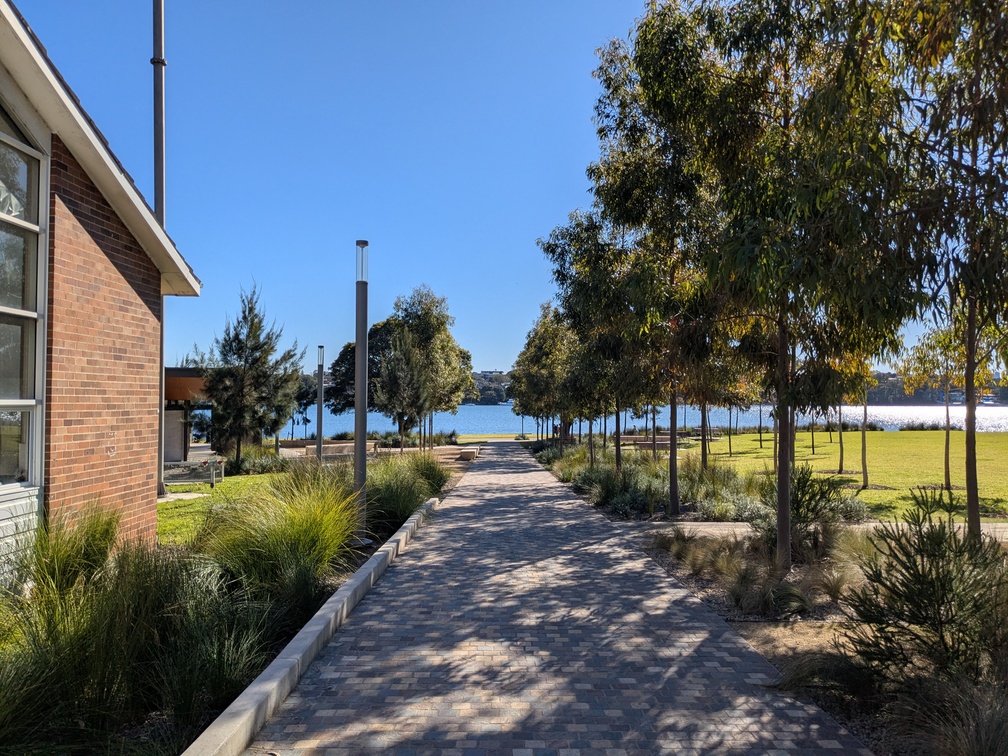
Callan Park, view towards Bay Run
Sydney’s housing is chronically unaffordable, particularly in the central parts of the city. Recent efforts at securing space for large-scale developments housing 10,000+ residents have gone nowhere, and thus the search for other “empty” areas is intensifying. In this debate, Callan Park has often come up as one potential site of significant new housing construction.
It is central, well connected to the city. There is a new metro being built underneath which could in theory be adapted to have a dedicated station here. The thought of thousands of new residents in this open space has, unsurprisingly, upset a lot of residents who fear they’re beloved park is under threat, along with their coveted Inner West lifestyle.
The local council (Inner West, formerly Leichhardt) has tended to champion the residents’ concerns: “Hands Off Callan Park”: There must not be a commercial redevelopment of the complex, per the vocal Friends of Callan Park campaigners.
A 2001 Act protects the site as it allows only for non-profit activities to be carried out, including healthcare and tertiary education. The authority to make decisions rests, untypically, with the Council.
The state government finds these provisions too restrictive and would like to repeal the Act. It has also already expressed its intentions to give away up to 50-year commercial leases in the existing structures in the park.
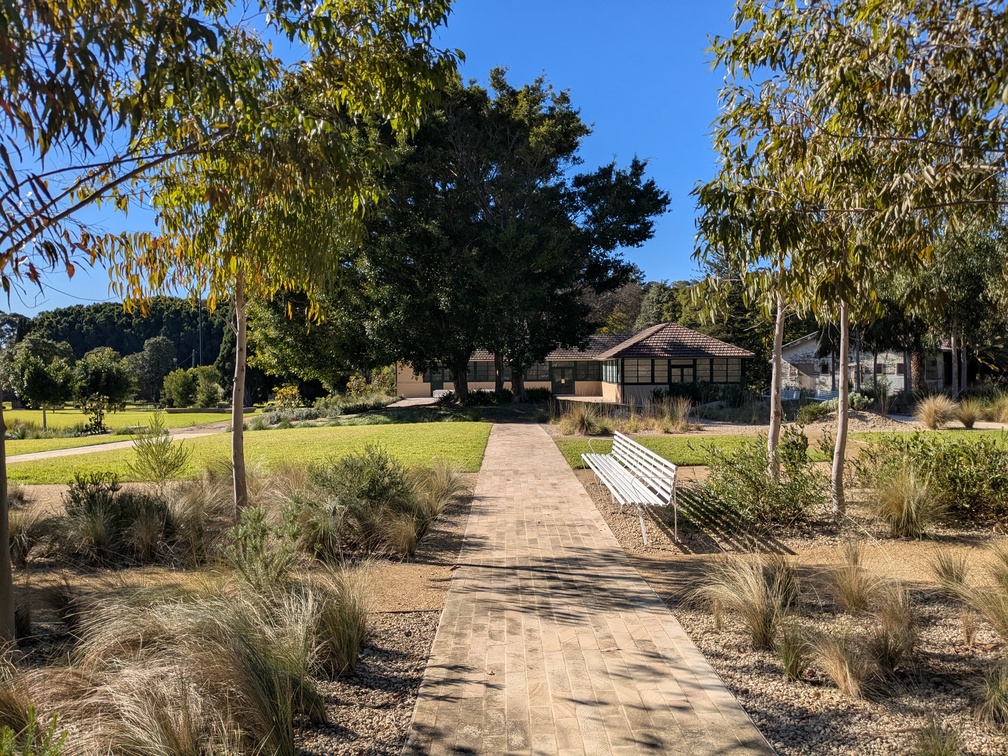
Does the NSW government have a point calling for longer commercial leases, and is it in the best interest of the wider Sydney population to redevelop Callan Park more significantly than the less intrusive changes palatable to the Friends of Callan Park?
Planning specialists in and outside of academia tend to agree that Sydney’s inner-city requires more density with affordable housing. This must happen to slow down the westward sprawl, i.e., the continuous expansion of the city via greenfield development in the hot, flood-prone, and inaccessible west of the city, more than 10km and up to 30-40km outside of the city center. It must also happen to halt the unhealthy demographic change in the inner city, where the average age is increasing almost everywhere.
It is, in theory at least, cheaper to develop central, lower-density areas (like former industrial sites) than remote greenfield sites that require new transportation infrastructure, or, left to their own devices, economically marginalize their car-dependent communities. Worse still, preventing population growth in the inner suburbs is systemically racist, as these researchers argue rather convincingly.
Higher density in the inner city does not necessarily mean high-rise apartment blocks to take over as the major typology everywhere. Medium-rise, i.e., between 2-5 stories, might be a better fit for vibrant urban neighborhoods. The Committee for Sydney calls this “density done well”.
Interestingly, even the ubiquitous “Sydney terrace” one family home is not incompatible with higher densities, as shown in this CFS report, i.e., some of Sydney’s highest-density areas are primarily low-rise.
Back to Callan Park: The Kirkbride precinct of ca. 30 buildings (most of them heritage protected) is at the heart of all debates about the future of the space.
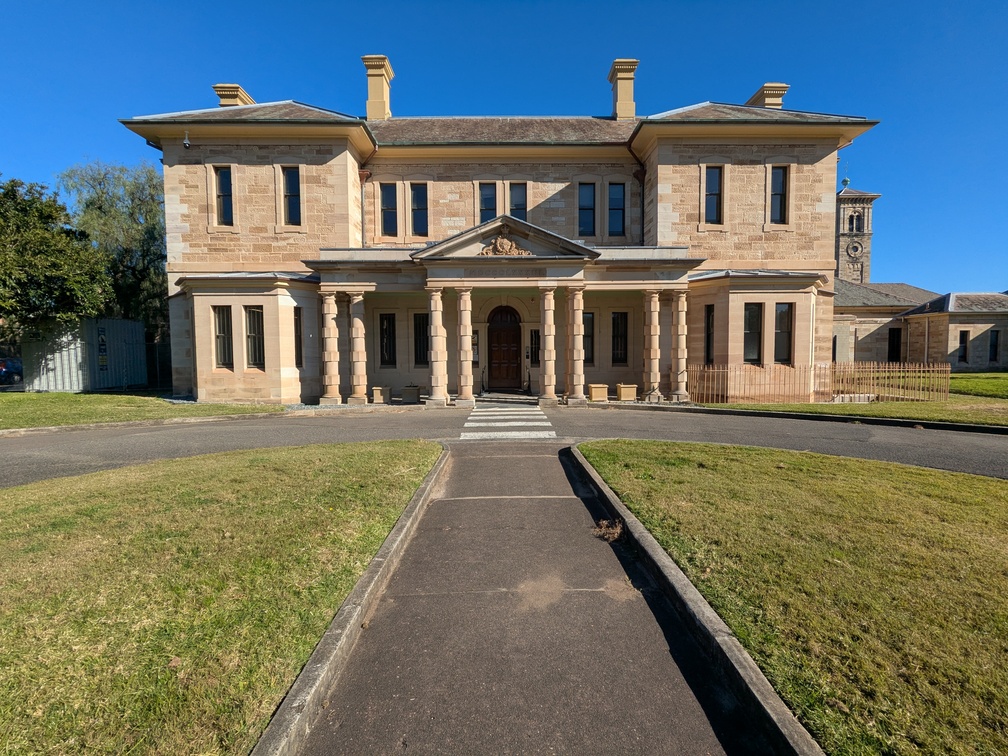
The stately structure from the 1880s used to be the core mental hospital building, operating for a century, and experiencing firsthand the huge changes to our conceptions of mental health treatments. From 1995 to 2020 the building housed the Sydney’s College of the Arts.
More recently, it was used as a production set for season two of Apple TV’s Artful Dodger series. Any redevelopment of the park needs to account for this huge space: It has about 20,000 square meters of usable floor space.
With lots of input from residents, the Council commissioned a master plan in 2011. At its heart lay the expectation that the Kirkbride precinct would remain the Sydney University’s College of the Arts.
However, in 2015, Sydney University announced that it intended to vacate what it suggested was a loss-making operation here and consolidated the college on its main campus in the city from 2020.
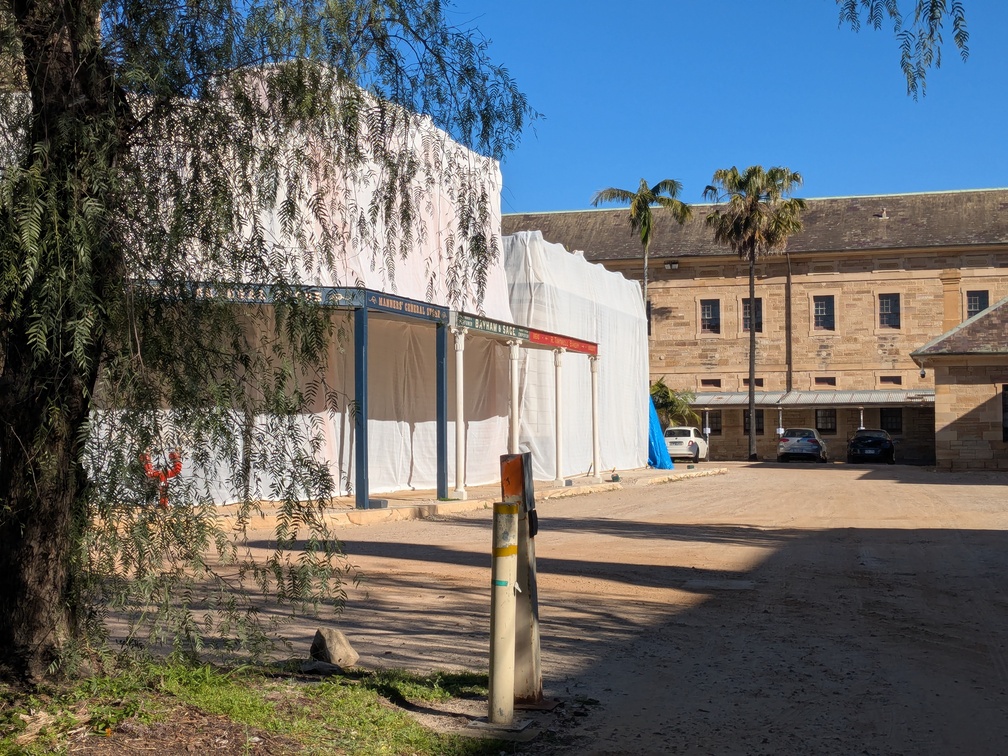
Park advocates fear that this would lead to “privatization by neglect”, a tried and tested method that has allowed for the large-scale transfer of public assets to the private sector by simply letting them rot and thus creating a rationale for their dismantlement or large-scale transformation.
We have seen this play out around the world, notably in London with the demolition of council housing estates, some of them, e.g., the Robin Hood Gardens, at least as architecturally noteworthy as the posher Barbican.
A stroll around the park today gave me several thoughts:
One, the place is empty compared to other inner city parks, like the nearby one across the motorway along the Glebe foreshore. Population density is lower around the park, and its local catchment area obviously limited also given that it is facing the water. Visitors from outside the area tend to concentrate on the waterside sections along the Bay Run. The park is a popular space with dog owners.
There is still stuff going on in the park. Some mental health organizations operate from here, as is Writing NSW, a public organization supporting writers in the state. It is situated in the Garry Owen House, representative of the rich built heritage in the area.
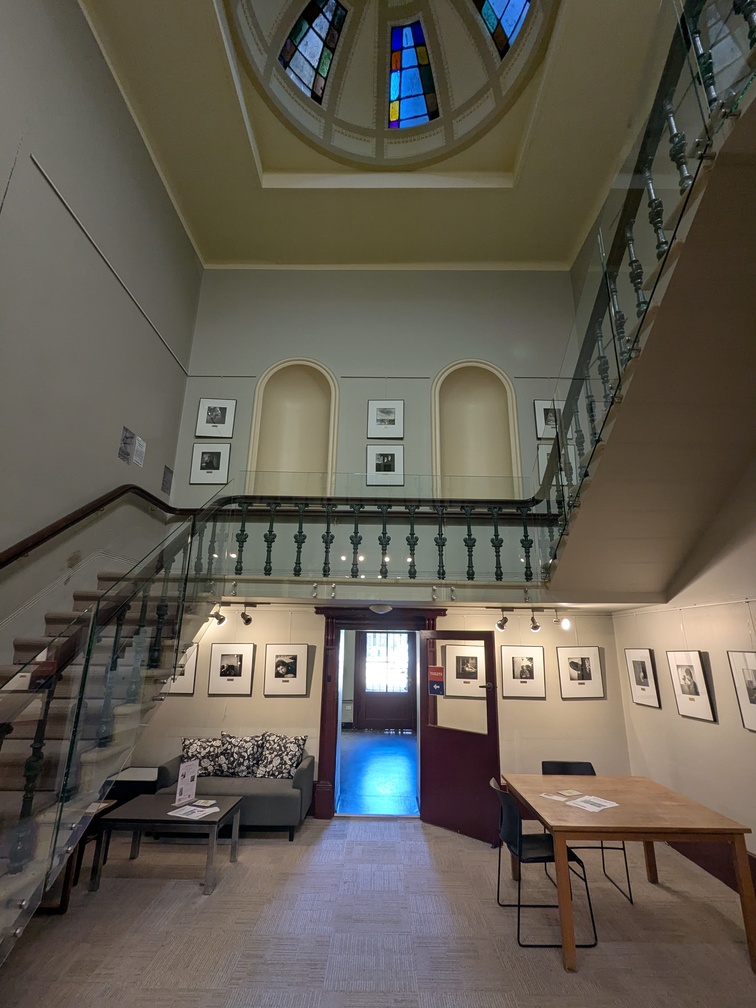
Two, many buildings are dilapidated and need to be torn down. They appear architecturally insignificant and some are asbestos ridden. Paths are grown over, there are very few public facilities. There has obviously been very little investment in many parts of the park.
However, there is heritage conservation work going on in and around the 30-building Kirkbride complex, protecting its sandstone facade, among other works. The waterfront has also received a significant facelift with landscaping and a new toilet building.
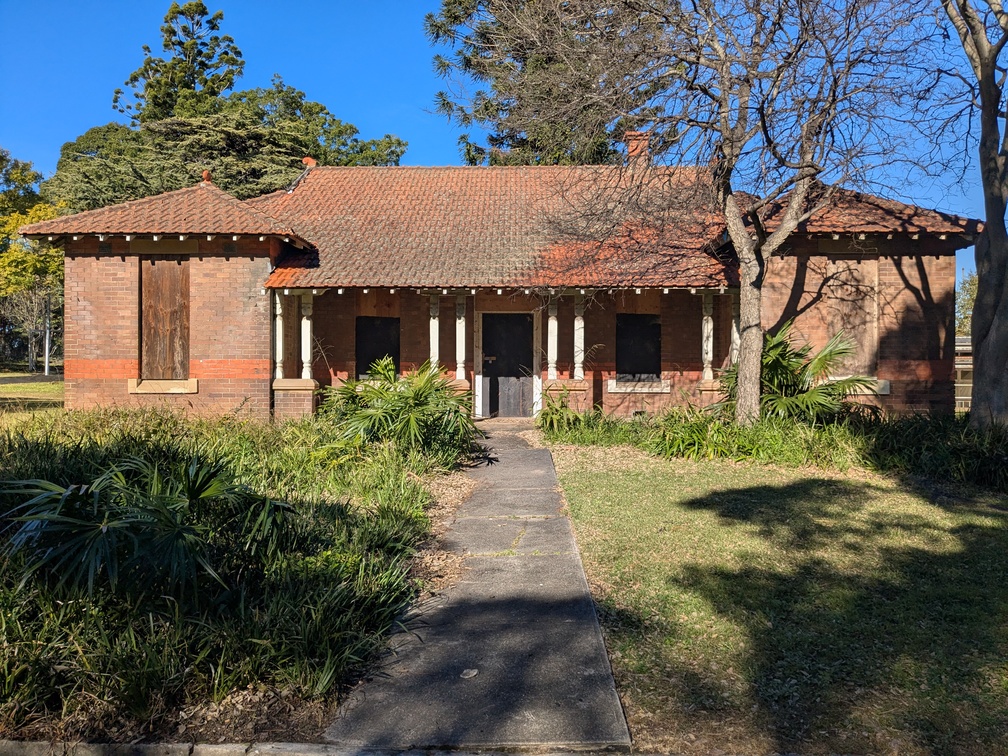
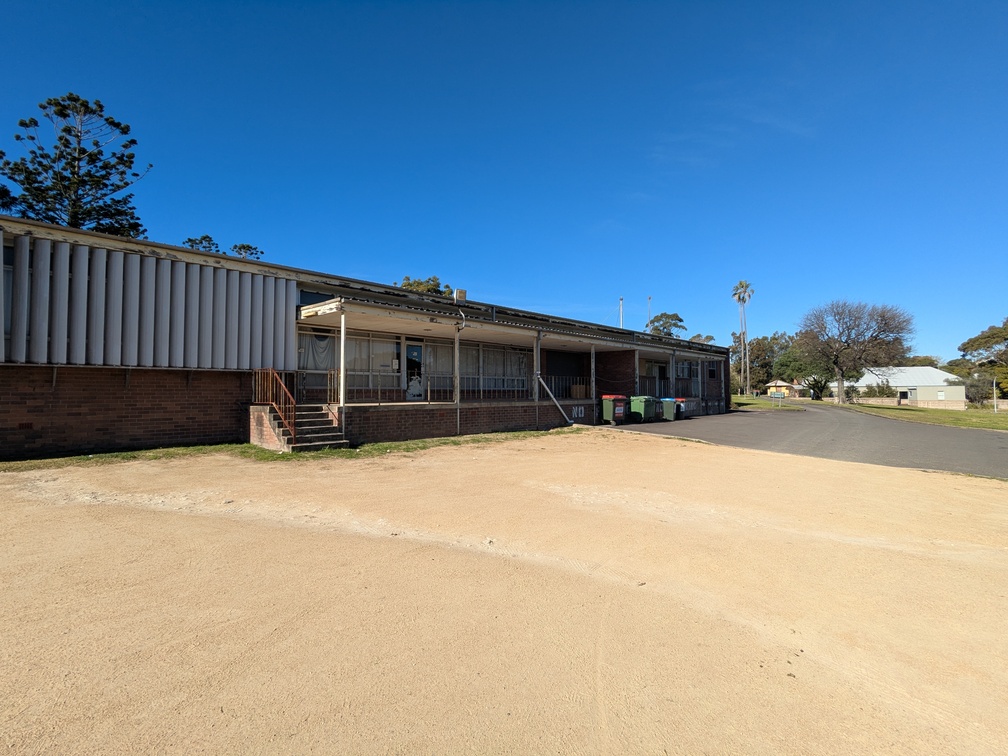
Three, this is one of the largest open green spaces in inner Sydney, with a size about a third of the major Centennial Park. It would of course be sad if it disappeared or were walled off from the public if it were to become one giant upmarket condominium development. Big cities need green space. But the space appears so big that even a medium housing development would leave enough room.
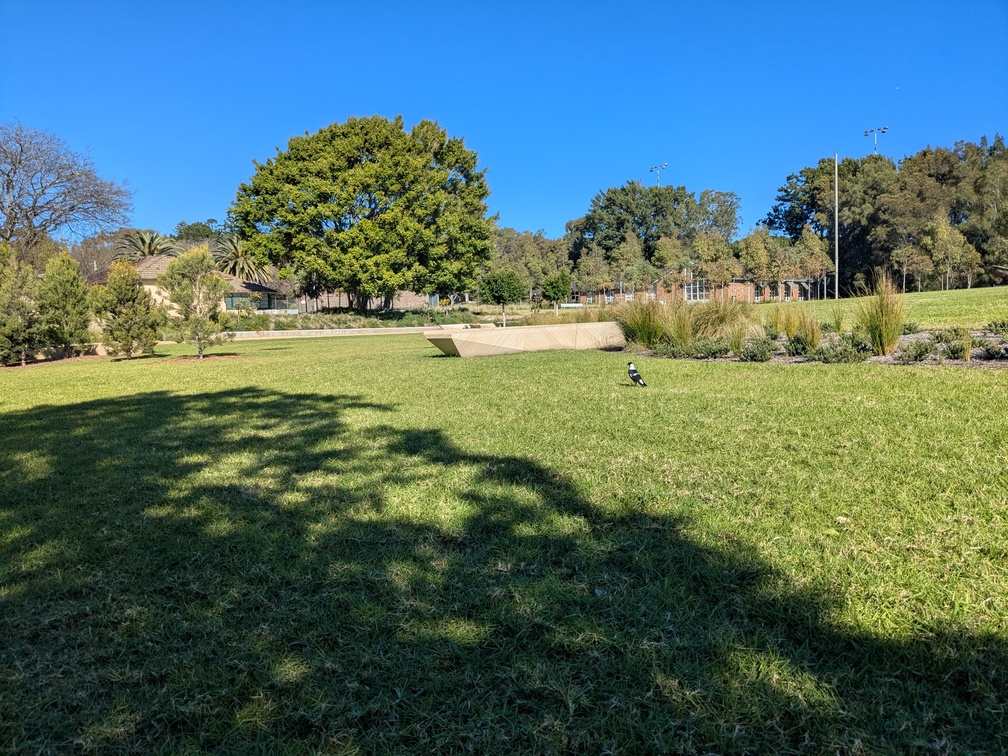
In the end, Sydney needs more new housing, and some of that should be built in Callan Park. More sensible density means avoiding more sprawl out west and making the city more compact. From what I can tell there are no specific plans by the NSW government. Friends of Callan Park somewhat indiscriminately talk of the threat of privatization.
If housing were to be built it must be affordable, and the developer-led real estate state will not provide enough affordable units to make a meaningful difference if left to its own devices. This would be my main concern, not whether 10 or so hectares of the large park are being earmarked for housing.
Such housing could be built under a cooperative model, or remain fully in state ownership. There are many examples from around the world that show this can work. People need to become more creative to create conditions for “density done well” in the inner city.
Existing residents need to play their part. Already ageing rapidly, it should ultimately be in everyone’s interest to maintain a healthy population mix in these areas. If that means key workers, students living in student accommodation, or recent immigrants finding their first port of call here, great.
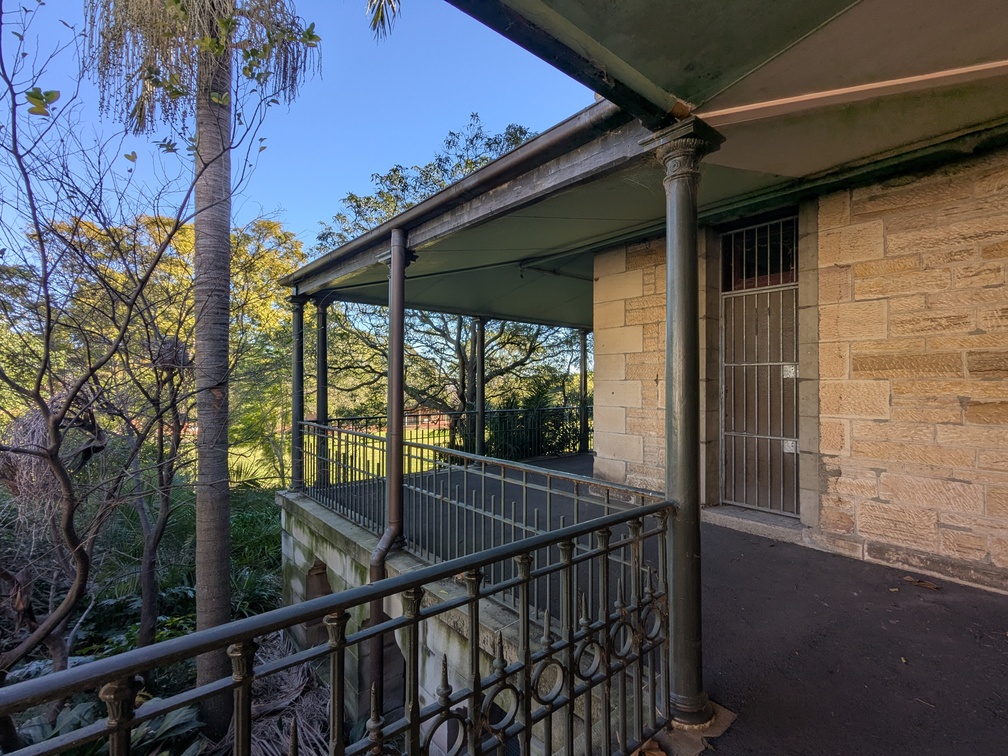
I have seen several instances in which (predominantly) liberal folks in the Inner West have expressed their frustrations over proposed redevelopments while almost simultaneously caveating that they are no NIMBYs. One of the proposed changes to a building near ours would have added a few apartments, but residents protested that it would put a strain on local parking availability.
So yes, NIMBYism is real, especially in affluent predominantly liberal areas. Moreover, in this real estate obsessed city, a significant part of people’s fears and frustrations is ultimately connected to concern over the value of their homes. Wider social issues are not immediately relevant, or should be dealt with elsewhere.
This brings me to my final thought: Can Ezra Klein and Derek Thompson’s latest bestseller Abundance provide some relevant food for thought?
In the book the authors argue that excessive regulation and bureaucracy hinder progress in housing, infrastructure and clean energy. Local opposition is overweighted in decision making, and often blocks progress in a classic collective action problem.
This is particularly the case in blue US states, explaining the erosion of their competitiveness (and population). Klein and Thompson call for a new supply side liberalism, e.g., by loosening land use and zoning restrictions, and for progressives to embrace this agenda. It appears to have gained some momentum, particularly in California.
But while Australia, too, suffers from overpriced real estate, cumbersome zoning and falling productivity in housing, the origin of this country’s legislation is rather different than that in the US, as John Edwards argued on Inside Story. Moreover, state governments have significant leeway to override municipal restrictions. “Stopping development is the unusual exception in Australia, not the rule”, says Edwards.
Meanwhile, a growing YIMBY movement in Sydney has commented on Callan Park, calling for municipal and key workers’ housing to be built here. They also took aim at Friends of Callan Park over their opposition to a proposed medium-rise apartment complex opposite Callan Park on Balmain Road.
Perhaps some of the same resolve the government shows in approving extractive industry projects is what it takes to “do density well” and in the process realize a fairer housing market.
I don’t think Callan Park should be untouchable.
PS: A much more eloquent and insightful take on the NIMBY vs. YIMBY debate here in Sydney is this 2023 gem of an article on Atlas by urban studies academics Alistair Sisson and Kurt Iveson.
PPS: A few days after I wrote this blog post, this article appeared in the Guardian, with a lot of updated detail on the legal status of Callan Park and the political debate around its future use.
